The Acorn BBC B Computer (1982)
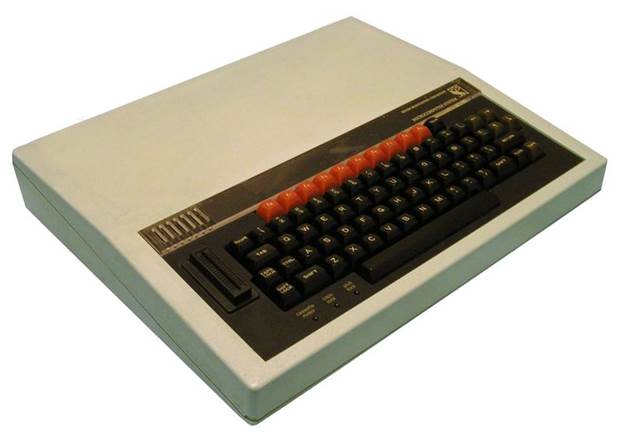
Before I start this one, I am aware of the
reputation of the BBC computer. Many of our current software developers learnt
their trade on it (David Braben of Elite fame for one), and it was the computer
most people learnt on in schools. It was also well designed, well-built and had
a fantastic version of the BASIC programming language.
So why is it in this article? Well, put
simply the BBC B would never have got anywhere without the heavy subsidy given
to it by the UK government of the early 80s. It was too expensive compared to
other computers on the market (three times more than a Spectrum, twice as much
as a Commodore 64). I only ever knew one boy at school who owned a BBC B at
home and both his parents were university lecturers. In fact, his whole family looked
like one of those very serious nerdy ones that appeared on Ask the Family with
Robert Robinson. It really was just for posh kids at home; anyone of normal
income just couldn’t afford one.
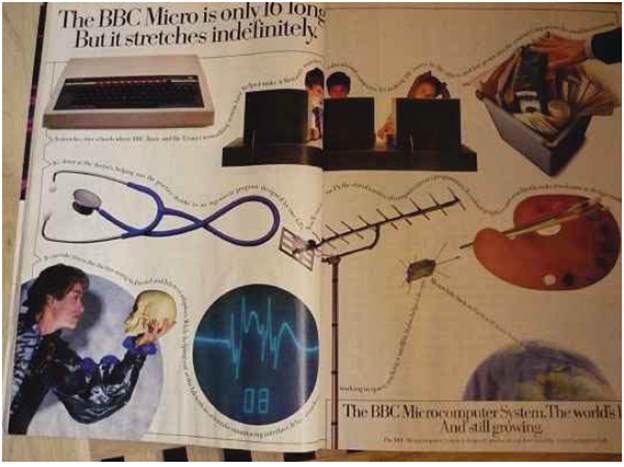
If
you were posh, then you could have bought yourself one of these in the 80s
Acorn’s key move was tying up a deal with
Mrs. Thatcher’s government to put computers into schools. This meant that the
BBC computer’s sales were healthy and no price cuts were ever needed. Without
government subsidy, the BBC B would have been a major flop, as it would never
have got itself secured in the home market. Evidence of this can be seen in
Acorn’s attempt to sell a budget BBC computer to the masses in the guise of the
Acorn Electron - it failed.
The Apple Macintosh (1984)
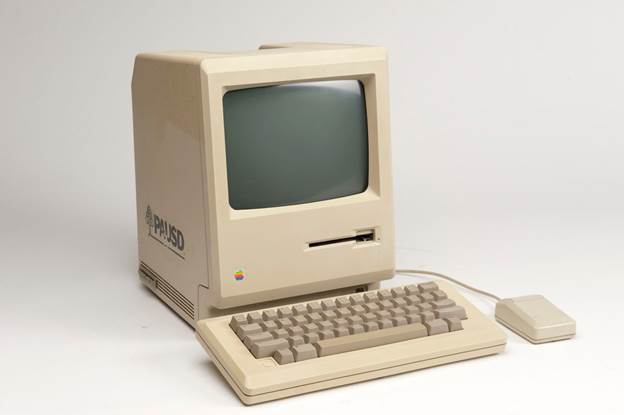
There are many reasons why the Apple Mac
was a success on launch in 1984. It looked lovely, it ran a rather nice WIMP
interface and it did things very differently from the whole raft of IBM PC
clones of the time. However, there were also lots of reasons why it did not
deserve to catch on…
For a start it wasn’t the first computer
with a mouse and screen pointer, despite what Apple fan boys will tell you. It
wasn’t even the first Apple with those attributes (that honor goes to the Lisa
a year earlier). As any good Apple hater will tell you, Jobs borrowed (read
‘stole’) the idea from the Xerox Parc Alto he saw in the 1970s.
It was not very powerful either. If you’ve
ever used one, you’ll know how slow it is even for the time. By the time you’ve
booted it up, swapped disks and loaded Mac Write, you could have written your
letter on WordStar on your IBM. Yes, it looks lovely, but 128K wasn’t enough
memory to do what the clever software wanted at anything other than a snail’s
pace.
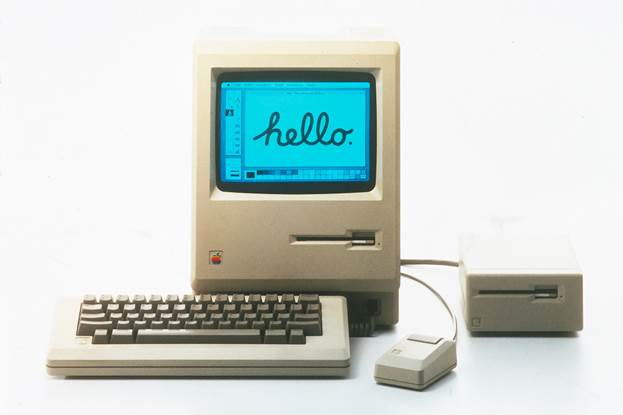
Revolutionary
software and design, but tiresomely slow to use
Lastly, it cost an absolute fortune. Any
sort of decent setup would have cost you $5,000 or more on launch - a
ridiculous amount for such an underpowered machine.
To Apple’s credit, though, these issues
were taken on board and subsequent releases of the Mac were cheaper and more
powerful. Once the hardware caught up with the software, the Apple Mac really
did begin to change the computer world.
The iMac Bondi-Blue (1998)
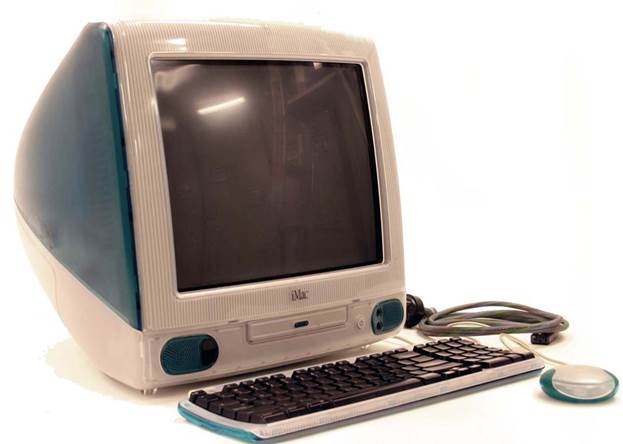
Steve Jobs returned to Apple in 1997 and
promptly set about reducing the company’s product lines and dreaming up a
product that would make his company great again. With a little help from a
certain Jonathan Ives, the iMac was that product.
Released in 1998, the Bondi-Blue version
was the product that started Apple’s rebirth. Its striking colorful design was
something nobody had seen before. Its all-in-one nature was revolutionary, as
was its use of USB and removal of floppy disks. It sold in the millions and
Apple’s future was secured. However, under the clever styling was a computer
that wasn’t very revolutionary at all.
“It really was just for posh kids at home;
anyone of normal income just couldn’t afford one”
The iMac was, in fact, very similar to
products that Apple had been selling prior to its launch. Essentially, the iMac
was exactly the same machine as the Power Macintosh G3 released a year earlier,
just in a more attractive box. It had the same processor, the same
specifications, and even the operating system (Mac OS 8) was the same. It would
be another three years before the more revolutionary OS X Cheetah would be
released.
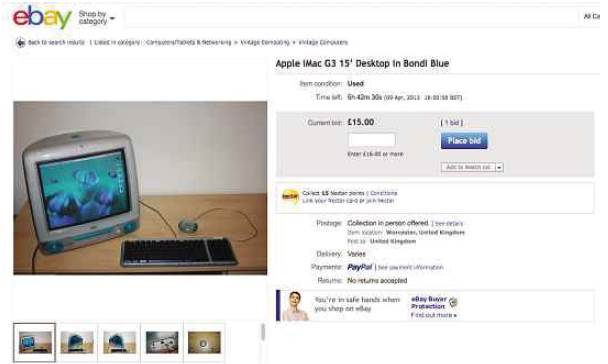
It
looks lovely and nowadays cost $22.65… it would have set you back a bit more in
1998
It’s perhaps not true, then, that the iMac
didn’t deserve to do well. It was a nice computer, but it did not deserve to do
so much better than its old Power Mac brother, as it was the same machine. It’s
a lesson Apple has learnt off by heart, though. If you make something look
attractive and well designed, people will buy it whatever is on the inside.
Controversy
I know that some of the computers I’ve put
in here are controversial choices but they were always going to be. They all
sold in large numbers, so there are a lot of people who invested a lot of time
and money in them.
They weren’t all bad machines either; some
were simply overpriced, while others were simply prettier versions of computers
that had come before. Another common theme is that they were early versions of
great computers, and they quite simply laid the groundwork for their younger
siblings to follow.
It’s also worth noting that in some cases
it was a good thing that the computer in question was more successful than it
deserved to be. Where would we be today if the IBM PC hadn’t caught on, and
what would many of our childhoods have been like if the Sinclair ZX80 flopped
and was the last computer Clive Sinclair ever made?